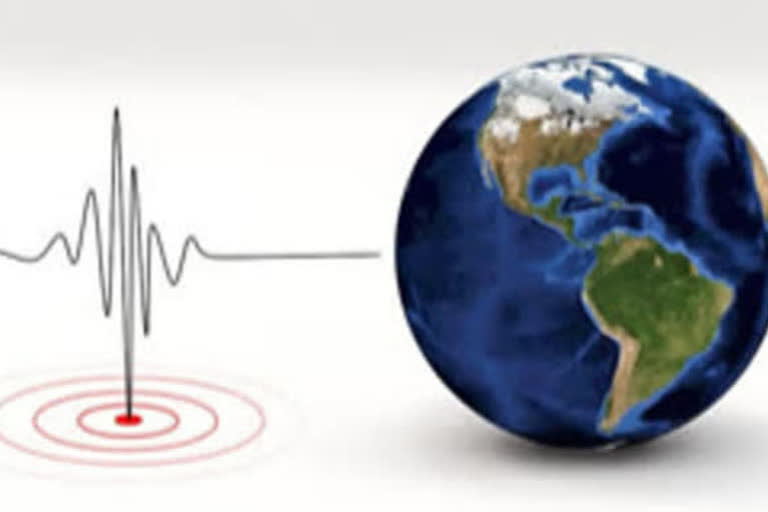New Delhi:In the wake of the recent series of tremors in Delhi-NCR, Wadia Institute of Himalayan Geology has said that such tremors are not unusual in the Delhi-NCR region, but indicate that strain energy is built-up in the region.
The autonomous institute under the Department of Science and Technology said that since the seismic network is quite good, present micro to minor earthquakes in and around Delhi-NCR could be recorded.
The Delhi-NCR has been identified as the second highest seismic hazard zone (Zone IV).
Sometimes, a vulnerable zone remains quiet, experiences small magnitude earthquakes that do not indicate any bigger earthquake or receive a sudden jolt by a big earthquake without any call.
Out of 14 small magnitude earthquakes in the Delhi-NCR, the May 29 Rohtak earthquake had a magnitude of 4.6.
"Though it cannot be predicted, a stronger earthquake posing a threat to people and properties cannot be ruled out. Since an earthquake cannot be predicted by any mechanism, the tremors cannot be described as the signal of a big event," Dr Kalachand Sain, Director Wadia Institute of Himalayan Geology said.
The historical earthquake catalogue shows that there were strong earthquakes of 6.5 magnitudes at Delhi in 1720; 6.8 at Mathura in 1803; 5.5 near Mathura in 1842; 6.7 near Bulandshahar in 1956; 6.0 near Faridabad in 1960; 5.8 near Moradabad in 1966 in the Delhi-NCR.
All the earthquakes in Delhi-NCR are due to the release of strain energy, which has been accumulated as a result of northward movement of the Indian plate and its collision with the Eurasian plate, through the fault or weak zones.
There are so many weak zones and faults in the Delhi-NCR: Delhi-Haridwar ridge, Mahendragarh-Dehradun subsurface fault, Moradabad fault, Sohna fault, Great boundary fault, Delhi-Sargodha ridge, Yamuna river lineament, Ganga river lineament etc.
These energies can be released through the weak zones and faults in the form of earthquakes ranging from micro (8.0) earthquake, defined as per the amount of energy released.
